Even bigger things have happened to Sheku Kanneh-Mason since I last saw him performing alongside his contemporaries in the Fantasia Orchestra – That Royal Wedding, for instance, and a Decca contract. Yet it looks like he will always have the wisdom to hurry slowly. He played Saint-Saëns’ First Cello Concerto with two orchestras on film recently – the Philharmonia pre-recorded event infinitely superior in sound and vision to the City of Birmingham Symphony Orchestra’s centenary celebration, though the cellist was equally good in both – because he only had three in his repertoire (the others are “the Elgar” and the Haydn C major I saw him play back in 2016).
That in itself was a brilliant idea on the part of enterprising young conductor Tom Fetherstonhaugh. Ecclesiastical acoustics – previous performances had just taken place in Wells Cathedral – tend to muddy full orchestral forces, but with a string quintet led by consummate first violinist Anthony Poon (pictured below left with Kanneh-Mason, clarinettist James Gilbert, Fetherstonhaugh, second violinist Hana Mizuta-Spencer, bassoonist Patrick Bolton and flautist Jaymee Coonjobeeharry) projecting endlessly beautiful phrases from the opening of Wagner’s Siegfried Idyll onwards, the lines were clear throughout, and detail from the same number of wind players drew an even closer similarity of mittelEuropean identity between Wagner and Dvořák. All we missed, perhaps, were the trumpet calls at the ends of the concerto’s outer movements. 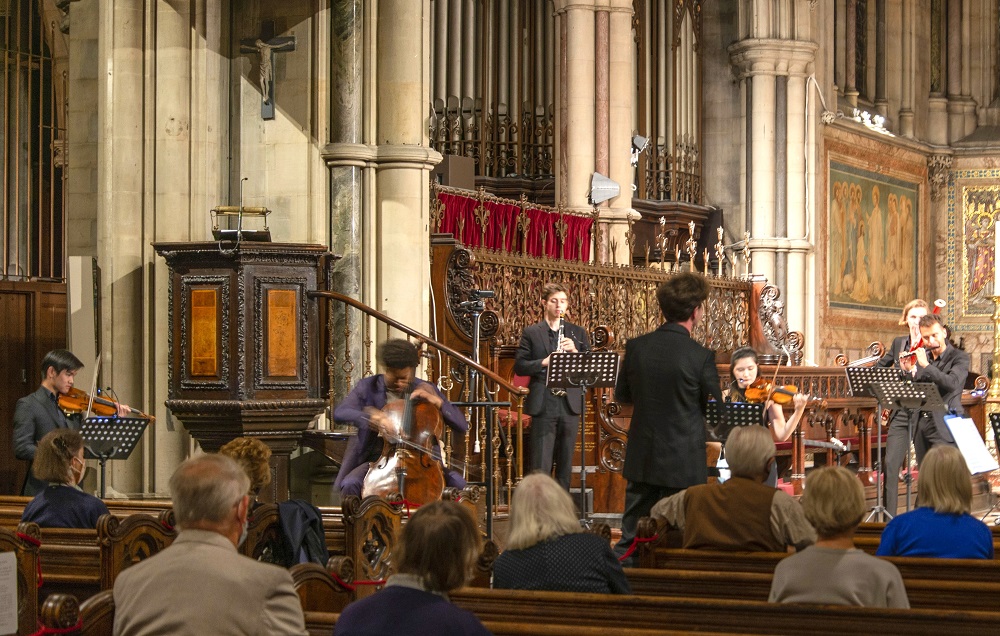 Much easier, though, for Kanneh-Mason, as engaging to watch listening to other players as when he plays himself, to tune in to the sonorities around him. One of the most heart-leaping moments of the concerto performance was that extension of Dvořák’s slow-movement melody on two clarinets – here bassoonist Patrick Bolton blended perfectly in thirds and sixths with James Gilbert – with the cello rising to meet them: pure introspective magic from the soloist, and there were so many passages of hushed magic, as compelling as any interpretation of the work I’ve heard.
Much easier, though, for Kanneh-Mason, as engaging to watch listening to other players as when he plays himself, to tune in to the sonorities around him. One of the most heart-leaping moments of the concerto performance was that extension of Dvořák’s slow-movement melody on two clarinets – here bassoonist Patrick Bolton blended perfectly in thirds and sixths with James Gilbert – with the cello rising to meet them: pure introspective magic from the soloist, and there were so many passages of hushed magic, as compelling as any interpretation of the work I’ve heard.
It was the most directly emotional music to be experienced live post-lockdown, and the candid loveliness of the Siegfried Idyll served as more than a mere prelude. Wagner’s chamber original had to be adapted slightly (by David Walter) to do without three players, but there were hardly any gaps in the textures and though we lost a second horn, the first – Alexei Watkins – waxed heroic in the famous forest call. All the wind got a chance to shine in the encore, an arrangement of Balkan folksong "Ajde Jano" by Kanneh-Mason and Fetherstonehaugh, flautist Jaymee Coonjobeeharry supreme among the improvisers.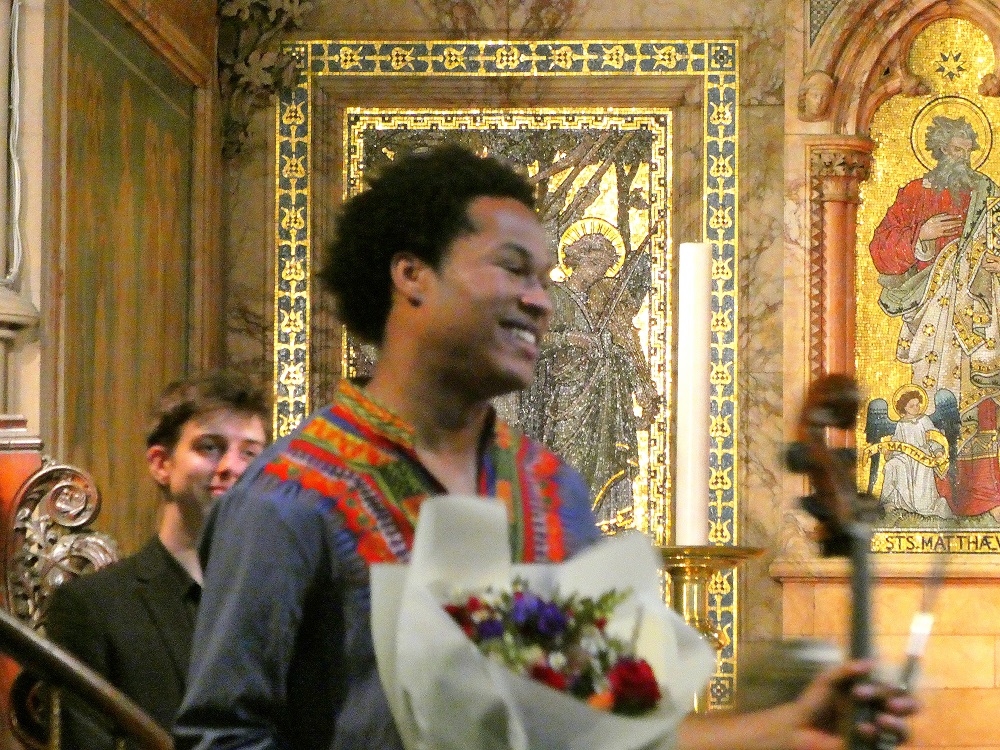
With the possible exception of Arvo Pärt’s lightly-coated Mozart-Adagio – the slow movement of Mozart’s F major Piano Sonata, K280, with distinctly Pärtian comments – there was no late-night easy listening about this programme: Beethoven’s early Trio in C minor, Op. 1 No. 3, and the dauntingly big-boned “Archduke” (B flat) Trio composed require total concentration from the listener. Kolesnikov makes playful idiosyncrasy out of even the more conventional stretches of Beethoven’s piano writing, but as in Igor Levit’s Wednesday recital, scherzo trios really drove home the sheer originality of the composer: the bravura flourishes of youth in the C minor Trio,, the creepy chromatics in the second movement of the “Archduke”, which might just as well be nicknamed “Ghost” at that point.  By then, not far off 11pm, this particular spirit was willing but the flesh was weak for a typically extended set of variations – the fourth of the evening – and so I’m probably not the best person to ask about the later wonders. And it’s my blind spot, but I don’t find these extraordinary works as easy to love as I do trios by Schubert, Mendelssohn, Brahms and Tchaikovsky: but when I next hear those works, there are no players I’d rather hear in them than these three, consummate musicians all.
By then, not far off 11pm, this particular spirit was willing but the flesh was weak for a typically extended set of variations – the fourth of the evening – and so I’m probably not the best person to ask about the later wonders. And it’s my blind spot, but I don’t find these extraordinary works as easy to love as I do trios by Schubert, Mendelssohn, Brahms and Tchaikovsky: but when I next hear those works, there are no players I’d rather hear in them than these three, consummate musicians all.
The real tour de force of the evening came earlier, in Samson Tsoy’s recital. As in the castle at Lerici on Italy’s Ligurian coast, where I first heard him, Tsoy (pictured below) unfolded Schubert’s first set of Impromptus (D899) as an interrelated four-movement sonata (the fact that the G flat major Andante is the balm to the preceding whirl, which starts in the major and ends in the minor, gets lost in detachment; the pianist was quick on each uptake). It was right, too, to have another Impromptu as encore after the giddying climactic majesty of Brahms’s Variations and Fugue on a Theme of Handel.  Only an encyclopedic interpretative imagination can match Brahms’s range, from witty spring to Titanic sport and every shade around them, and Tsoy’s – enlightened, no doubt, by recent study of the work in Vienna with his and Kolesnikov’s great friend and mentor, Elisabeth Leonskaja – rose to the challenge, resonating within the amazingly good acoustics of the car-park level below the roof. A sunset beyond the towers of the City skyline complemented it all. If there are tickets left, and no drastic government restrictions turn it all to dust, don’t miss Kolesnikov and Tsoy in amazing company at their second Ragged School Festival in the East End at the start of October. Theirs is already the gold medal of lockdown heroism, as a perfect cue to other musicians in adapting to the difficult spirit of the time.
Only an encyclopedic interpretative imagination can match Brahms’s range, from witty spring to Titanic sport and every shade around them, and Tsoy’s – enlightened, no doubt, by recent study of the work in Vienna with his and Kolesnikov’s great friend and mentor, Elisabeth Leonskaja – rose to the challenge, resonating within the amazingly good acoustics of the car-park level below the roof. A sunset beyond the towers of the City skyline complemented it all. If there are tickets left, and no drastic government restrictions turn it all to dust, don’t miss Kolesnikov and Tsoy in amazing company at their second Ragged School Festival in the East End at the start of October. Theirs is already the gold medal of lockdown heroism, as a perfect cue to other musicians in adapting to the difficult spirit of the time.
- Details of the Ragged Music Festival 2
- Samson Tsoy and Pavel Kolesnikov guest on David Nice's Russian Music Zoom course. A second term is planned
- More classical music reviews on theartsdesk

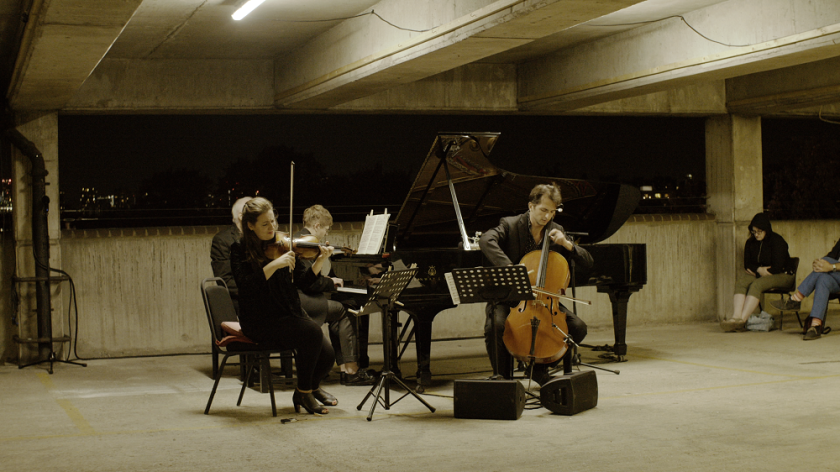








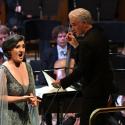
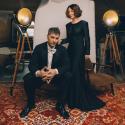
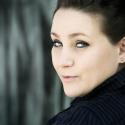

Add comment